Taiwan Intellectual Property Office Issues Accelerated Examination Program for Re-examination
To improve the efficiency of the re-examination process, TIPO launched the Accelerated Examination Program for Re-examination (AEPRe) on September 1, 2024. For cases where the final rejection decision on substantive examination only rejects some claims and there is at least one claim that is not rejected, the re-examination process of the re-examination process of the re-examination invention case can be accelerated through AEPRe. This program aims to improve the efficiency of the re-examination process and encourage applicants to amend their claims based on the not rejected claim provided in the final rejection decision on substantive examination. The applicants can receive the re-examination results within six months after applying for the AEPRe. Here are some of the highlights of the AEPRe:
- The period of eligibility for requesting AEPRe is from the notification from TIPO that the invention will soon be undergoing re-examination to the notification of receiving the first re-examination OA.
- Applicants should amend the claims according to Article 49 of the Patent Act and the claim amendments scope of the claims should be no broader than the not rejected claim. The applicant should delete claims that have been rejected, and dependent claims that were not rejected in the final rejection decision on substantive examination can be re-written as independent claims.
Taiwan’s NSTC Assesses China’s Chip Production Level
In leading-edge semiconductor manufacturing, China is behind Taiwan Semiconductor Manufacturing Co. (TSMC) by at least 10 years as the Taiwanese chipmaker’s manufacturing process has progressed to 2 nanometers according to the National Science and Technology Council (NSTC). Recently, in the Chinese media, propagandists have declared that Taiwan’s lead had slipped to just three years. However, a spokesman from the NSTC asserted that with TSMC due to start mass production of 2-nanometer chips in 2025, Taiwan’s technological level had risen even further. Based on TSMC’s earnings report released in July of this year, the research and development of 2-nanometer chips has proceeded smoothly and on schedule, with devices equipped with 2-nanometer chips producing expected or better-than-expected yield performances. In comparison, the Chinese Ministry of Industry and Information Technology recently announced that it has developed a deep ultraviolet lithography system that enables it to produce chips on a scale as small as 8 nanometers. It seems that Shanghai Micro Electronics Equipment Co. might be able to manufacture chips using 9 nanometer technology as it has applied for a series of extreme ultraviolet lithography-related patents from the China National Intellectual Property Administration. For now, using multiple patterning, Chinese semiconductor makers can fabricate chips with ArF immersion systems purchased from Nikon or ASML. It remains to be seen how quickly the Chinese can innovate especially now that the US has pushed the Netherlands to stop servicing the ArF immersion lithography systems in China.
Taiwan’s MediaTek Launches New Chipset
Smartphone IC designer MediaTek Inc. launched its next-generation chipset Dimensity 9400 in October. It is the first to use Taiwan Semiconductor Manufacturing Co.’s second-generation 3-nanometer process in the Google Android ecosystem. Built on the industry’s most advanced semiconductor production process, the Dimensity 9400 is optimized for artificial intelligence applications. MediaTek executives said that they expect to see smartphones featuring the new chipset entering the market later this year. The Dimensity 9400 leverages an All-Big-Core design with one Arm Cortex-X925 core operating at up to 3.62GHZ, plus three Cortex-X4 cores and four Cortex-A720 cores. An All-Big-Core design is a technology that will make generative AI processing, gaming, and video capture that uses a smartphone more efficient. Also, this new design offers 35% faster single-core performance and 28% faster multi-core performance compared to MediaTek’s previous generation flagship chipset, the Dimensity 9300. In addition, the Dimensity 9400 is up to 40% more power-efficient than its predecessor, which will allow users to enjoy a longer battery life. This development aims to take advantage of the opportunities presented by AI applications such as the AI cloud and other networking technologies. For example, the Dimensity 9400 offers up to 80% faster large language model (LLM) prompt performance while also being more power efficient than the older model. In early April, MediaTek introduced its generative AI service platform, which it said will help enterprises boost productivity. It has already secured users in a wide range of fields from server manufacturers, such as Asustek Computer Inc. and Micro-Star International Co., to sales, media and finance. Not surprisingly, MediaTek is one of the busiest patent applicants in Taiwan.
Leading Chinese Companies Share Development Experiences
During the 13th Annual China Intellectual Property Conference that was held in Beijing in September, 2024, leading companies shared their experiences of investing in intellectual property to foster innovative development. A spokesman from Huawei said that the company had over 140,000 granted patents worldwide due to its focus on research and development. In 2023, Huawei invested approximately 23.4% of its revenue into R&D, which amounted to US 22.9 billion dollars, and over the past decade, it has cumulatively spent over 1 trillion yuan on R&D spending. In addition, attention has been paid on maintaining patent quality. One of the company’s approaches is to establish panels consisting of retired judges, R&D personnel and IP experts to evaluate the quality of patents before submitting applications. Similar to Huawei, Beijing NAURA Microelectronics Equipment Co. Ltd., a leading semiconductor equipment maker, has also maintained an R&D investment of over 20% annually. It has accumulated about 8,500 patent applications since its establishment in 2004. While this quantity may not be considered substantial for a technology enterprise with a 20-year history, the company’s focus has always been on prioritizing quality over quantity. At the conference, suggestions were made for enhanced national guidance on overseas IP disputes, especially in emerging industries like intelligent vehicles. China has already taken some steps to assist domestic enterprises in resolving such disputes. The China National Intellectual Property Administration, the country’s top IP regulator has intensified efforts on training and expert guidance for Chinese enterprises in safeguarding their IP rights abroad.




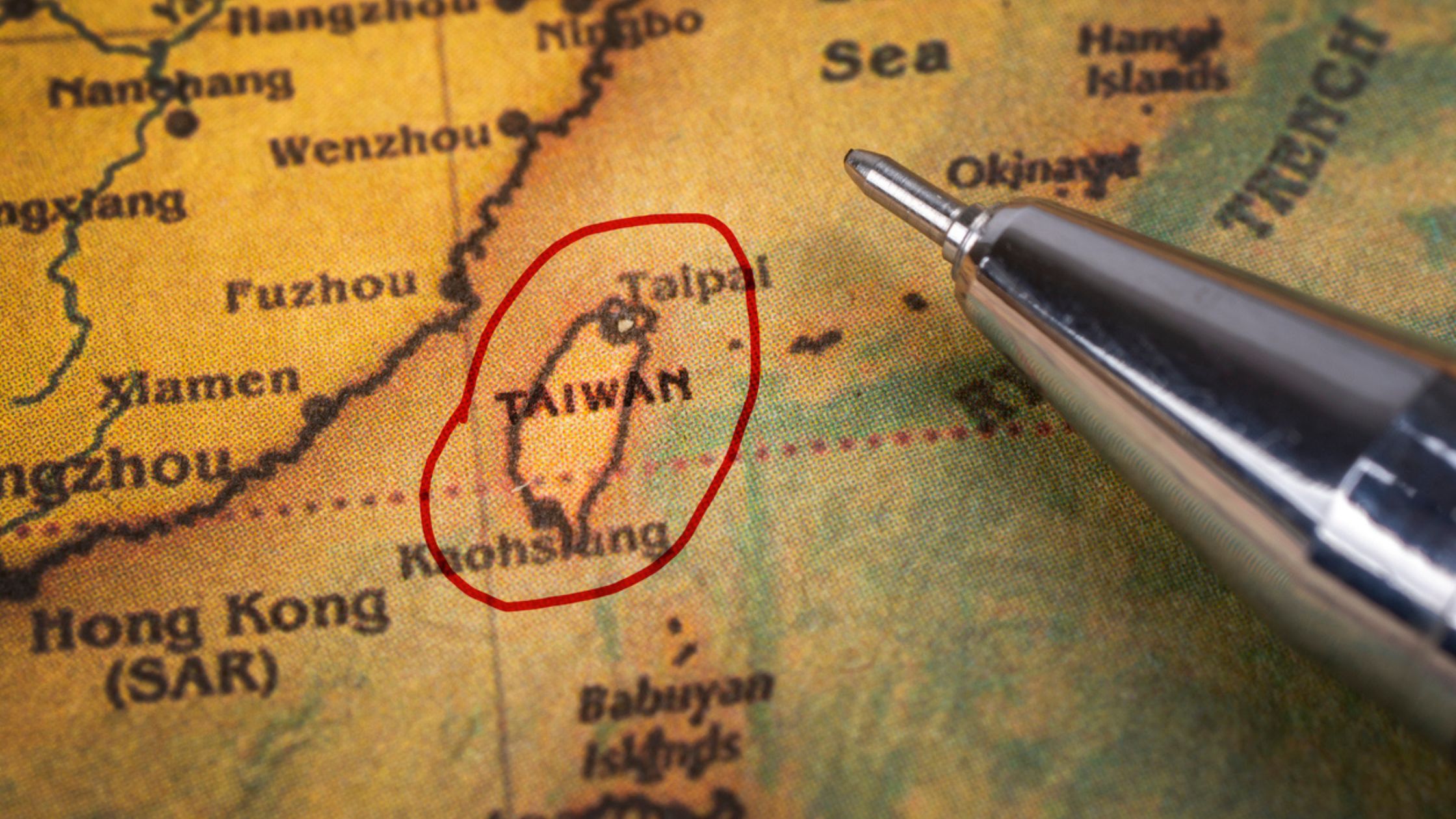
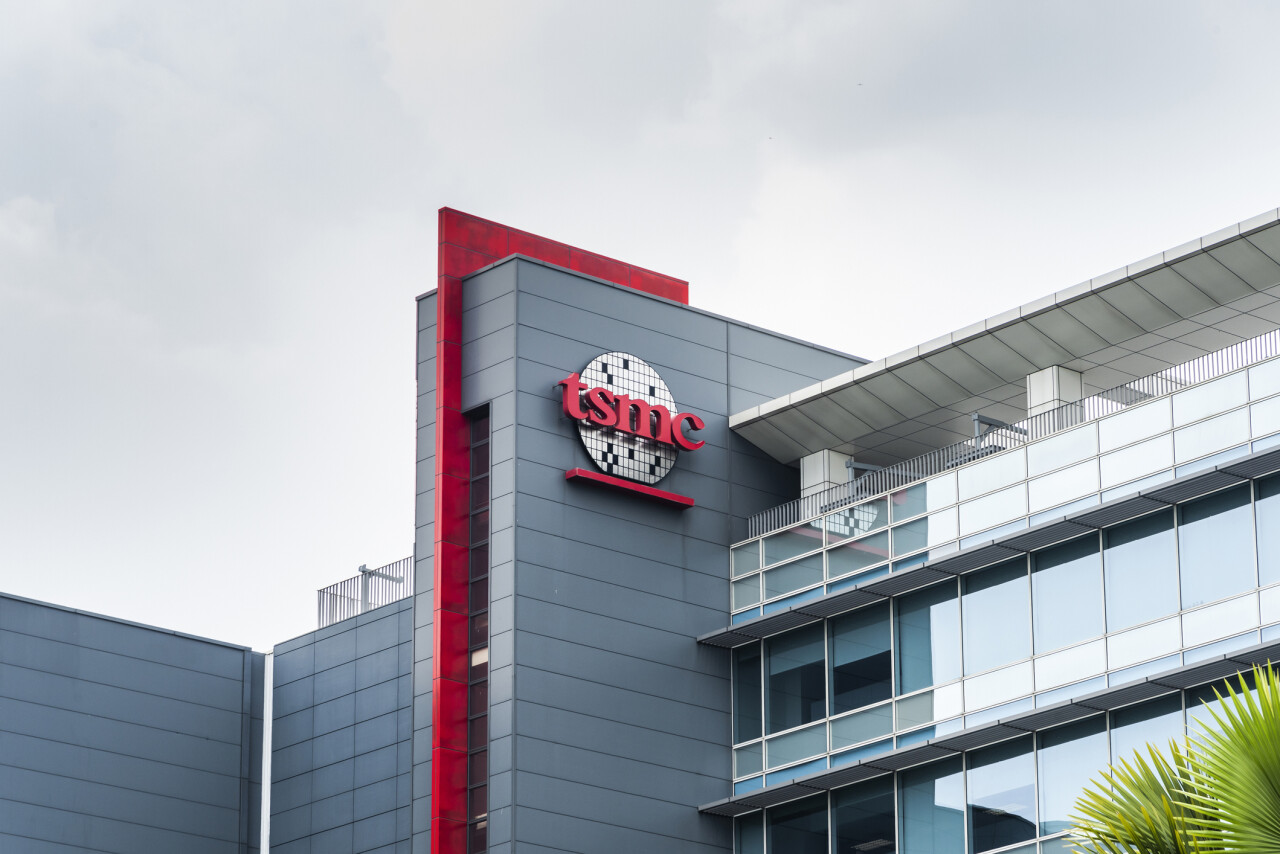





 Deep & Far Attorneys-at-law
Deep & Far Attorneys-at-law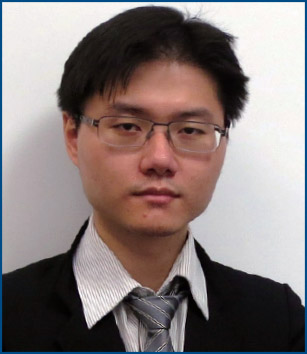 Yu-Li Tsai
Yu-Li Tsai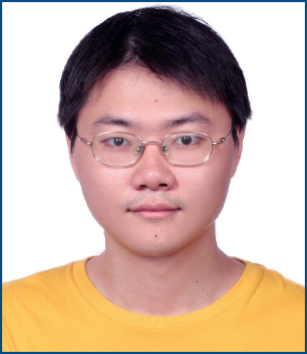 Lu-Fa Tsai
Lu-Fa Tsai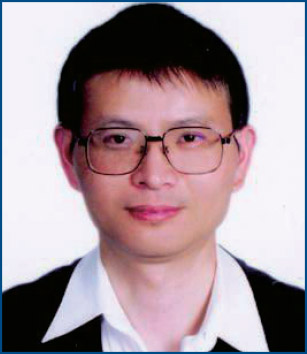 C. F. Tsai
C. F. Tsai







